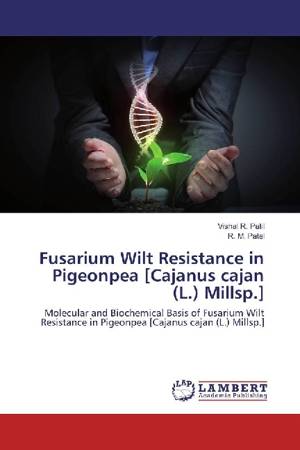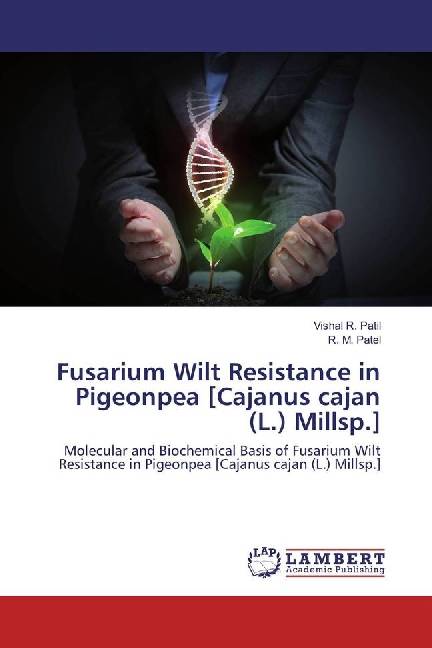
- Afhalen na 1 uur in een winkel met voorraad
- Gratis thuislevering in België vanaf € 30
- Ruim aanbod met 7 miljoen producten
- Afhalen na 1 uur in een winkel met voorraad
- Gratis thuislevering in België vanaf € 30
- Ruim aanbod met 7 miljoen producten
Fusarium Wilt Resistance in Pigeonpea [Cajanus cajan (L.) Millsp.]
Vishal R. Patil, R. M. Patel
Paperback | Engels
€ 63,95
+ 127 punten
Omschrijving
The study was undertaken using wilt resistant cultivars: Vaishali, Maruti and susceptible cultivars: T15-15, Bahar. The complexity of the defense responses at the leaf and root level in pigeonpea involves the activation of a large number of coordinated biochemical and molecular responses which required for resistance to Fusarium udum Butler. Activation and stronger induction of ROS-scavenging mechanisms, phenyl propenoid pathway, polyamines metabolism, releasing elicitors and defense gene expression at early stages of infection might be contribute in fusarium wilt resistance in pigeonpea. The results also provide deeper insight into role of different genes in resistance mechanisms against fusarium wilt in pigeonpea, which can be helpful for crop improvement of pigeonpea resistance against fusarium wilt disease through molecular breeding and genetic engineering approach.
Specificaties
Betrokkenen
- Auteur(s):
- Uitgeverij:
Inhoud
- Aantal bladzijden:
- 196
- Taal:
- Engels
Eigenschappen
- Productcode (EAN):
- 9783330032279
- Uitvoering:
- Paperback
- Afmetingen:
- 150 mm x 220 mm

Alleen bij Standaard Boekhandel
+ 127 punten op je klantenkaart van Standaard Boekhandel
Beoordelingen
We publiceren alleen reviews die voldoen aan de voorwaarden voor reviews. Bekijk onze voorwaarden voor reviews.










